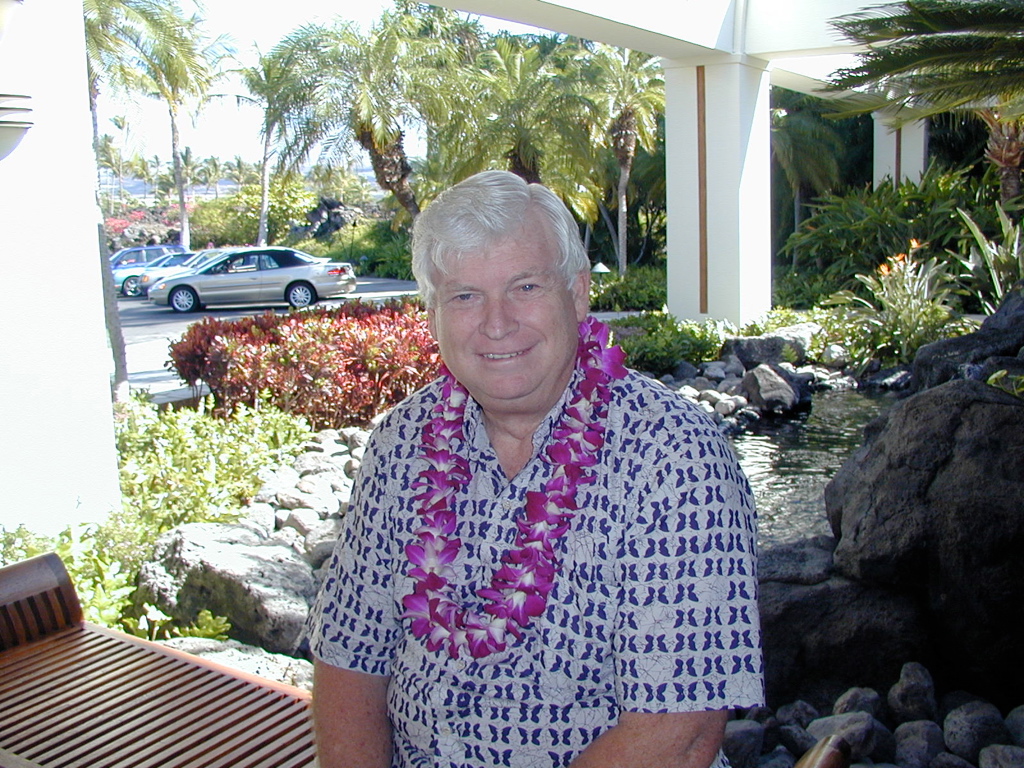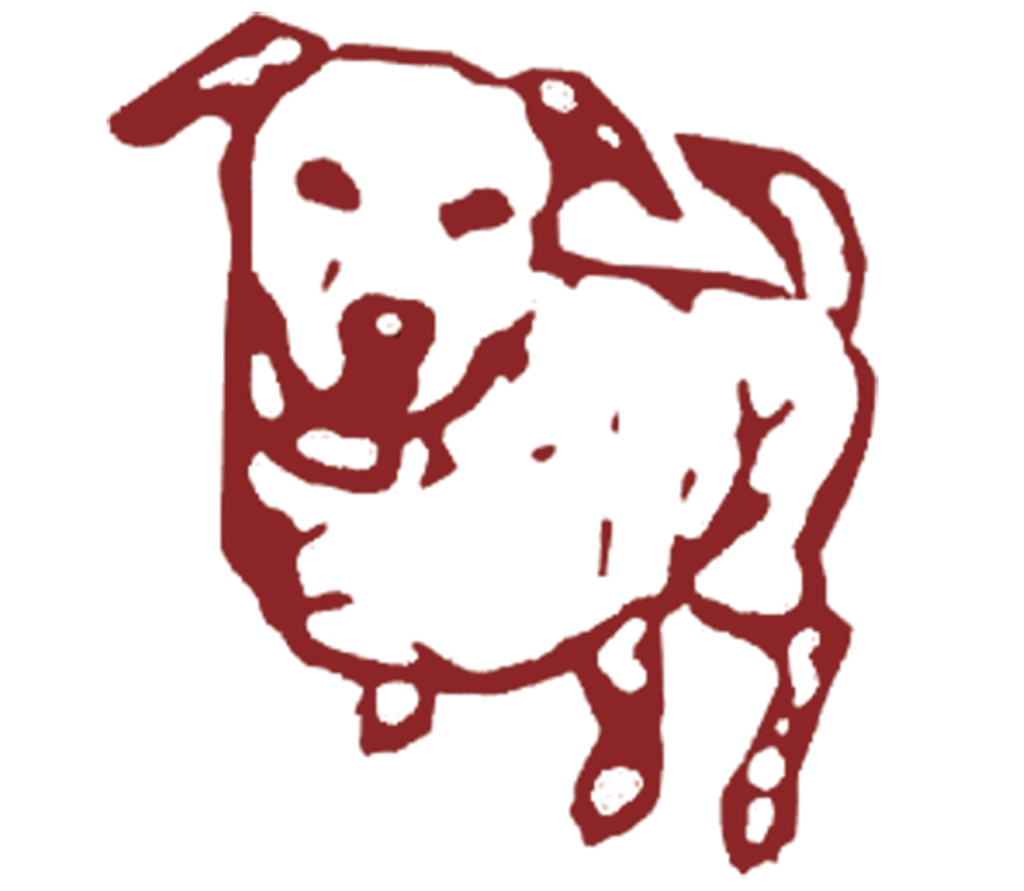
I received this email from Dr. Sears’ son, Skip, on Saturday:
“My Father passed away quietly at his home in Park City. 1/3/36-6/3/23. He had entered the hospital May 1, and had an aortic value replacement on May 8, he never really got a break after that. Just a slow decline. Your friendship and book meant the world to him and from his entire family, thank you. Best of luck in the future, Skip Sears”
We met in 1997, a few months after he had saved my dog’s life. As a then-reporter for the L.A. Times, I wanted to know how he did it. He was shy about having a spotlight placed on him because he had been burned in the past, but he finally agreed to an interview.
I drove up to the Sears Veterinary Clinic in Lancaster, California to have lunch with him and his wife Ruth. [Ruth died in October 2022]. He came out to the lobby to greet me. He was a big, friendly man in his early 60s with a full head of white hair. He held out his hand. “Call me Al,” he said as we shook hands. He spoke with a direct, country-wisdom, often punctuated with humor and a deep belly laugh.
This began an association with Dr. Sears that would outlast my relationship with the Los Angeles Times, my career in
journalism, our residency in California, and even the lifetime of my dog, Galen, who he had saved. Meeting Dr. Sears changed my life in ways neither of us would have expected. Either out of an abundance of politeness or a desire to give him respect, I always called him “Dr. Sears.”
We changed each other because of hope. He taught me to have hope for dogs who the experts had deemed to be hopeless. He showed me repeatedly that dogs could be saved from canine distemper. Even though he lacked the expertise and contacts to get his discovery published in a scientific journal, the plain truth of what he had found became impossible for me to ignore. More than that, I had to do something about it.
As a non-scientist, I knew I had no place in advocating for an unpublished treatment. But when a vet in Romania followed Dr. Sears’ protocols [which I had posted on my little-known website] and found they had the same life-saving properties Dr. Sears had seen, I became a full-throated advocate. Doing nothing would cause harm. Doing nothing meant letting dogs die when I knew at least some of them could be saved.
Dr. Sears and I then spent years working together to record what he had done to the best of our abilities and spread the word about his treatments. More dogs were saved than lost, but the ultimate goal had always been to see some scientist put his NDV serum to the test to determine its effectiveness in saving the lives of dogs in the pre-neurologic stage of the disease. Then, the hope would have been to see those results published in a peer-reviewed scientific journal.
That would have been the most reliable path to acceptance. I believe that would have ultimately saved the lives of most dogs.
That still has not happened. He always knew it would be a long road to acceptance, a destination he likely would not reach in his lifetime.
“You know what? I’m going to be long gone by the time
that this is accepted by my profession,” he said with a laugh in 2011. “I don’t expect it to be accepted within the next 10 years, OK? I’ve been playing with this for 50 years, and I still can’t get them interested. It boggles my mind.”
But in the years since we began our campaign, something else did happen. People began to have hope that their distemper dogs could be saved. They became more willing to try new techniques and more vets became more willing to support new treatments. Some dogs lived simply because the extra care gave them the time to eventually beat the virus. Some dog advocates have begun to push for further scientific research into how and why distemper dogs survive. This is all useful and encouraging.
But I still hold out the hope that someone will do a full and proper study of Dr. Sears’ NDV treatments and tell the world in no uncertain terms what they have found.
Rest in peace, Al.
— Ed Bond
Find out about the Save Dogs From Distemper book
